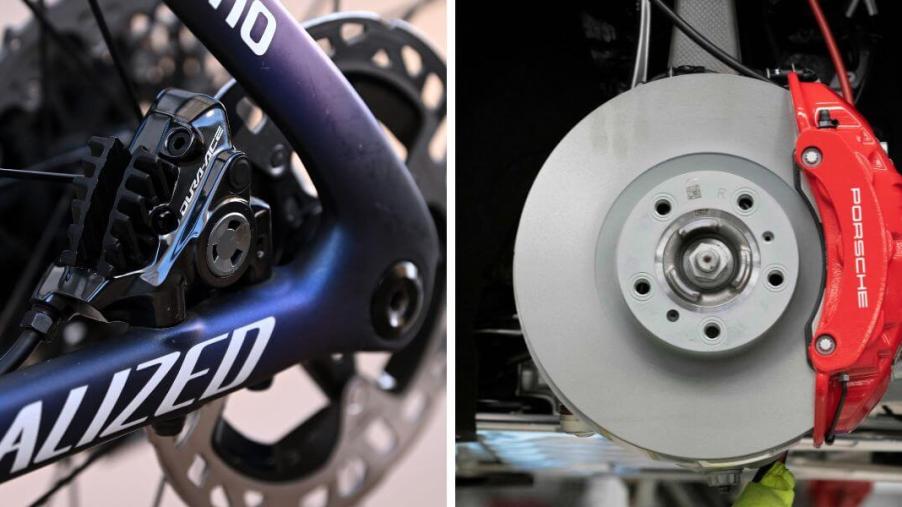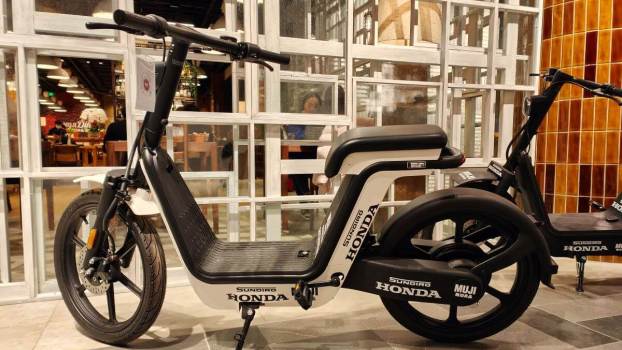
Bike Brakes vs. Car Brakes: Two-Wheel and Four-Wheel Stopping Power
When it comes to transportation, both bikes and cars provide reliable means to get from point A to point B. Among their key features are braking systems, which are essential for safety and control. However, when it comes to performance and maintenance, how different (and similar) are these brakes?
Bicycle braking systems
Bicycles have undergone numerous refinements in their braking systems over the years. As detailed by BikeRadar, the most common types are rim brakes and disc brakes.
Rim brakes
Rim brakes work by applying friction to the wheel’s rim to slow down or stop the bicycle. They are lightweight, relatively simple, and easy to maintain. They’re also affordable, making them a common choice for casual cyclists and budget bikes.
Disc brakes
On the other hand, Disc brakes operate by squeezing brake pads onto a rotor attached to the wheel hub. They provide better stopping power, especially in wet or muddy conditions, and are standard on many mountain bikes and increasingly popular on road bikes. They come in two varieties: mechanical (cable-activated) and hydraulic (fluid-activated).
Car braking systems
Cars, like bikes, employ friction to halt their momentum. However, due to their greater mass and speed, they require more complex and powerful braking systems. As outlined by Haynes and Goodyear Auto Service, the key components of vehicle brakes include the brake pedal, master cylinder, brake lines, brake calipers, and brake pads.
When you press the brake pedal, the master cylinder creates hydraulic pressure in the brake lines. This pressure reaches the brake calipers, which clamp the brake pads onto the car’s wheel rotors. The resulting friction slows down and eventually stops the vehicle.
Comparing bicycle and motor vehicle braking systems
The principle of using friction to reduce speed unites bicycle and car braking systems. Both use pads that press against a surface (the rim, rotor, or disc) to create this friction. Also, both can feature hydraulic systems (in hydraulic disc brakes for bikes and a standard practice in cars).
However, significant differences stem from the vehicles’ size, weight, and speed. Cars require much more powerful brakes due to their higher momentum. With this in mind, their braking systems are more complex, involving more parts and often hydraulics for sufficient force transfer.
Being lighter and slower, bikes can get by with simpler systems like rim brakes. However, disc brakes (mechanical or hydraulic) are available for cyclists who ride in demanding conditions or simply want better stopping power and modulation.
Bike brakes are directly controlled by hand, offering immediate and graded input. Car brakes, on the other hand, rely on foot control and a hydraulic system. This can add a delay or “softness” to the braking feel, especially if the system needs maintenance.
Knowing the difference between bike and car brakes
Even though bike and car brakes operate on the same fundamental principle, their design and operation reflect the vastly different demands placed on these two types of vehicles. Each system is adapted to provide safe and effective stopping power within its context, ensuring rider and driver safety on every journey.




